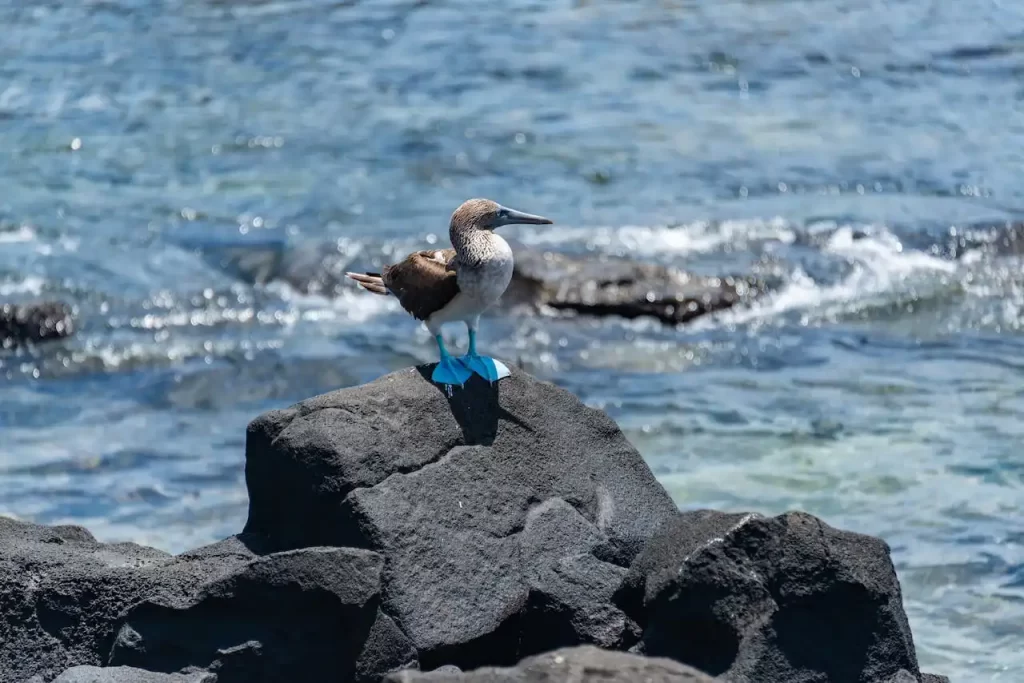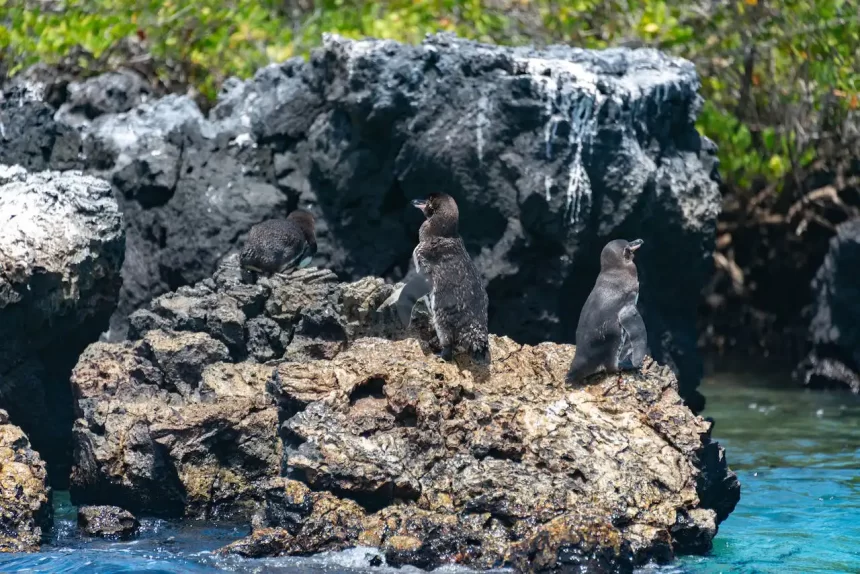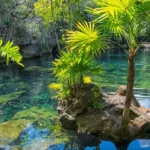Overview of Galápagos Islands
The Galápagos Islands, located in Ecuador, are a unique and captivating destination for tourists from around the world. Known for their extraordinary wildlife and significant role in Charles Darwin’s theory of evolution, the islands offer a blend of adventure, education, and natural beauty. This comprehensive guide delves into various aspects of planning a trip to the Galápagos, including travel logistics, best times to visit, accommodations, activities, and important conservation efforts.
Getting to the Galápagos Islands
Traveling to the Galápagos Islands involves a two-step journey. First, tourists must fly to Ecuador, landing in either Quito or Guayaquil. From there, a domestic flight is needed to reach the Galápagos, with the main airports located on Baltra Island and San Cristóbal Island. The process of getting to the islands, while straightforward, requires careful planning, especially considering flight schedules and the limited number of flights to the Galápagos each day.
Visitors should be aware of the visa requirements for Ecuador and ensure their passports are valid for the duration of their stay. Additionally, tourists must pay a Galápagos National Park entrance fee, which goes towards conservation efforts. This fee is typically paid upon arrival at the airport in the Galápagos.
The journey to the islands can be an exciting start to the adventure, offering aerial views of the stunning Pacific Ocean and the archipelago itself. Tourists are advised to book flights and accommodations well in advance, especially during peak travel seasons.
Best Time to Visit the Galápagos Islands

The Galápagos Islands can be visited year-round, but the best time depends on what tourists want to experience. The islands have two main seasons: the warm, wet season from December to May, and the cool, dry season from June to November.
During the warm season, the ocean temperatures are higher, making it ideal for snorkeling and swimming. The landscape is lush and green, and many animals are more active, including sea turtles nesting on the beaches. However, this is also the rainy season, so visitors should be prepared for occasional showers.
The cool season brings stronger currents and nutrient-rich waters, attracting diverse marine life and making it a fantastic time for diving enthusiasts. The weather is cooler and drier, and the islands see fewer tourists, offering a more serene experience. However, the seas can be rougher, so those prone to seasickness should take precautions.
Wildlife viewing is spectacular year-round, with different species breeding or migrating at different times. For instance, the famous blue-footed boobies perform their mating dances during the dry season, while the waved albatross are best seen from April to December.
Accommodations in the Galápagos Islands
Accommodations in the Galápagos Islands vary widely, catering to different budgets and preferences. Tourists can choose from luxury hotels, eco-lodges, budget-friendly hostels, and guesthouses on the inhabited islands like Santa Cruz, San Cristóbal, and Isabela. Many accommodations offer tours and can assist with arranging travel between islands.
For a more immersive experience, tourists can opt for a cruise, which offers a unique way to explore the islands. Cruises range from small, intimate yachts to larger, more luxurious ships. They offer guided tours to various islands, onboard naturalist guides, and often include meals and activities. Staying on a cruise ship allows tourists to wake up each morning at a new site, ready to explore without the need for daily travel logistics.
When choosing accommodations, it’s important to consider the location, as some islands are more remote and offer different experiences. Santa Cruz, the most developed island, has the largest selection of restaurants, shops, and nightlife. In contrast, staying on a more remote island like Floreana offers a quieter, more intimate experience with nature.
Activities in the Galápagos Islands
The Galápagos Islands are a haven for nature enthusiasts and adventure seekers. The most popular activities include wildlife watching, snorkeling, scuba diving, hiking, kayaking, and paddleboarding.
Wildlife watching is a primary attraction, with opportunities to see giant tortoises, marine iguanas, penguins, and various bird species. The islands’ unique ecosystem allows for close encounters with animals, often in their natural habitat. However, it’s crucial to respect wildlife by maintaining a safe distance and not disturbing their environment.
For water activities, the Galápagos offers some of the best snorkeling and diving experiences in the world. The clear waters are home to a diverse range of marine life, including sharks, rays, and colorful fish. Several sites are known for their unique underwater landscapes and wildlife, such as Kicker Rock and Devil’s Crown.
Hiking trails lead through diverse landscapes, from volcanic terrains to lush forests. These trails offer stunning views and the chance to see different ecosystems and geological formations. Popular hiking destinations include the Sierra Negra Volcano on Isabela Island and the Tortuga Bay on Santa Cruz Island.
Kayaking and paddleboarding provide a peaceful way to explore the coastline and mangrove areas, offering a different perspective of the islands and the chance to spot wildlife like sea lions and birds.
Conservation Efforts in the Galápagos Islands
Conservation is a critical aspect of the Galápagos Islands, which are a UNESCO World Heritage Site and a protected national park. The unique biodiversity and fragile ecosystem require strict regulations to preserve the natural environment.
Tourists play a vital role in conservation by adhering to the rules set by the Galápagos National Park. These include staying on marked trails, not touching or feeding the wildlife, and not taking anything from the islands. Guides are trained to educate visitors on the importance of these rules and the role they play in protecting the islands.
Conservation efforts also extend to sustainable tourism practices. Many tour operators and accommodations are committed to eco-friendly practices, such as reducing waste, conserving water, and using renewable energy sources. Tourists are encouraged to support these businesses and be mindful of their environmental impact during their visit.
Research and conservation projects are ongoing in the Galápagos, with scientists from around the world studying the islands’ unique flora and fauna. Visitors have the opportunity to learn about these projects and even participate in some citizen science activities.
Frequently Asked Questions (FAQs)
- Do I need a visa to visit the Galápagos Islands?
- This depends on your nationality and the length of your stay. Check with the Ecuadorian consulate for specific requirements.
- Can I visit the Galápagos Islands without a tour?
- While you can explore the inhabited islands independently, access to most of the national park areas requires a guided tour with a licensed naturalist.
- What is the best way to see the Galápagos Islands?
- This depends on your interests and budget. Cruises offer comprehensive itineraries and ease of travel between islands, while staying on the islands allows for a more flexible schedule.
- What wildlife can I expect to see in the Galápagos?
- Expect to see giant tortoises, marine iguanas, various bird species (including the blue-footed booby), sea lions, and possibly penguins and sharks.
- Are there any health risks in the Galápagos Islands?
- The Galápagos Islands are generally safe, but it’s always wise to take precautions, like using sunscreen, staying hydrated, and being aware of ocean currents if swimming or snorkeling.










